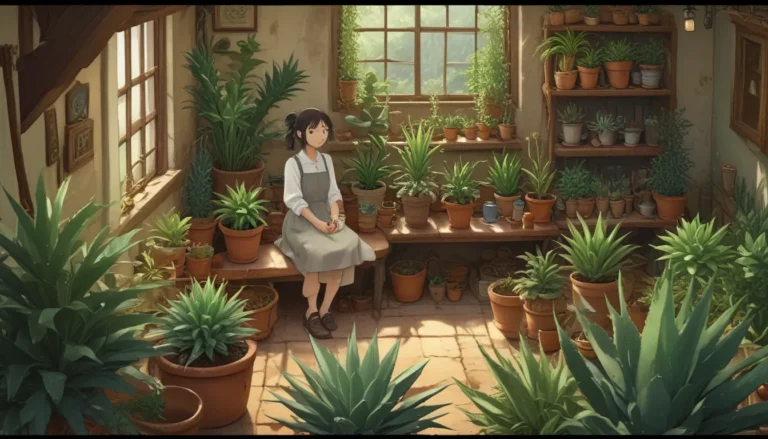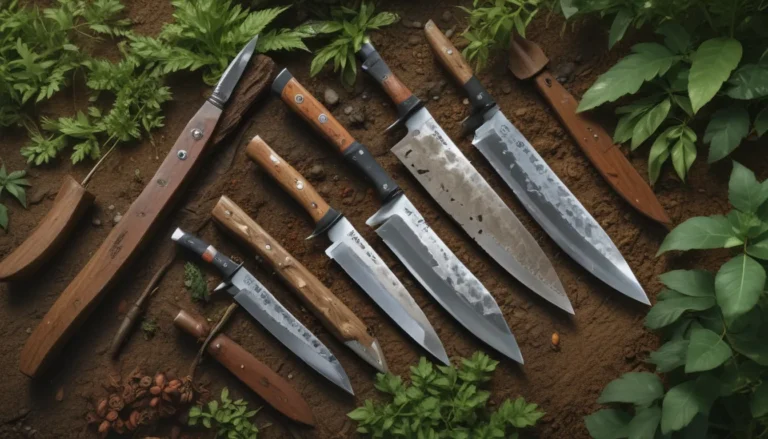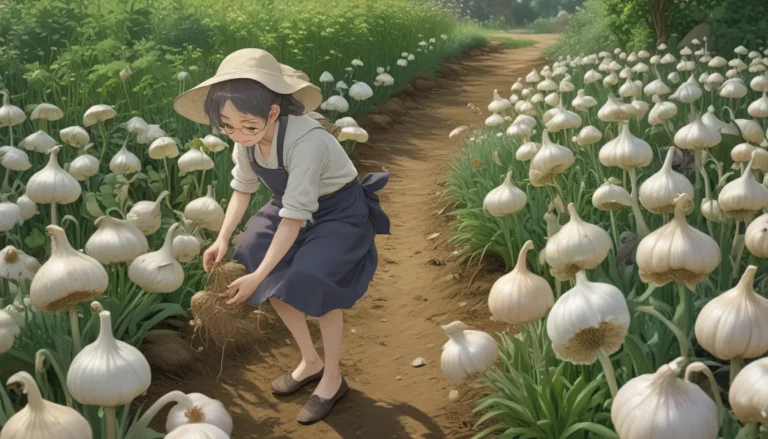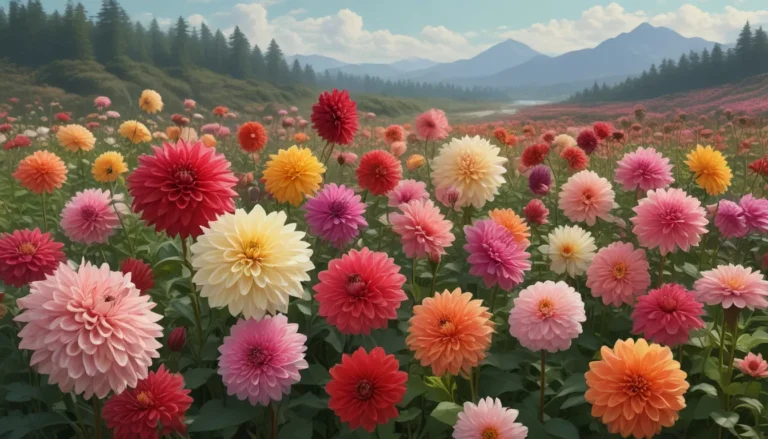Can You Eat Yellow Kale?
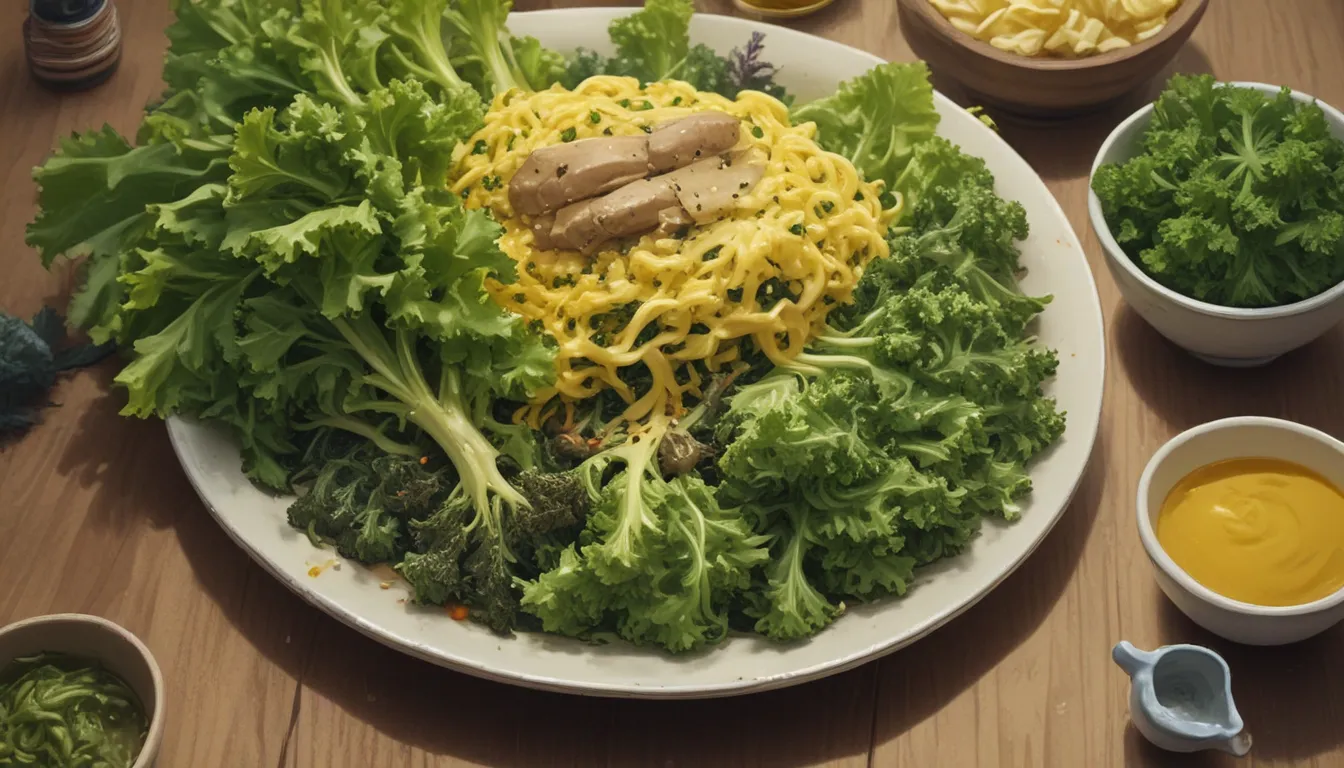
Are you curious about whether it’s safe to eat kale that has turned yellow? Let’s explore this topic in detail.
Kale, a popular member of the cabbage family, is a cruciferous vegetable packed with nutrients. It comes in different varieties such as lacinato, curly, ‘Red Russian’, and Chinese kale, each with its unique characteristics.
Let’s Dive In
Here’s what you’ll learn in this article:
- Why Kale Turns Yellow
- Is It Safe to Eat?
- How to Store Kale Longer By Freezing It
- Eating Yellow Kale: Safe But Not as Delicious
When you typically think of kale, vibrant green or deep purple leaves come to mind. However, when you see yellowing leaves, it might raise some questions about their safety for consumption.
Why Kale Turns Yellow
Yellowing in kale can occur due to aging, improper storage, or diseases. When stored in the fridge, the breakdown of chlorophyll, the pigment responsible for the green color, causes the leaves to turn yellow over time. This natural process is normal and does not pose any health risks.
If you notice your kale turning yellow, it’s essential to assess its freshness. Freshly harvested kale can last 5-7 days when stored correctly.
Storing Kale Correctly
To keep your kale fresh, avoid washing it before storing, as excess moisture can lead to quicker rotting. Instead, store unwashed greens in a bag or container in the fridge, ensuring a partial seal for proper airflow.
Avoid placing kale in the coldest parts of the fridge, as this can accelerate aging. Opt for the crisper drawer for ideal storage conditions.
Additionally, yellowing can be a result of infections or diseases. For information on how to identify and prevent these issues, check out our guide on common kale diseases.
Is It Safe To Eat?
The safety of eating yellow kale depends on the reason behind the discoloration. If stored improperly, yellowing leaves are generally safe as long as they show no signs of rot or an unpleasant odor.
However, aged kale may lack flavor and could be bitter, diminishing the eating experience. If the yellowing is due to an infection or signs of spoilage, it’s best to discard the kale to avoid potential illness.
Indications that kale is unsafe to eat include black specks on the foliage, colored spots indicating a fungal infection, a slimy texture, and a sulfur-like smell.
Storing Kale Longer By Freezing It
To extend the shelf life of your kale, consider freezing it to preserve its freshness. If you notice yellowing leaves, harvest the kale immediately and freeze it for later use.
To freeze fresh kale, rinse it thoroughly, remove the stems, and store in zip-top bags in the freezer for up to six weeks. You can also blanch the leaves in boiling water, freeze them in an airtight container, and enjoy them for up to a year.
Possibly Safe But Not As Delicious
In conclusion, yellow kale that has aged in the fridge is generally safe to consume but may not taste as good. Ensure to address yellowing in garden-grown kale promptly to prevent potential diseases.
Share your tips for maintaining kale freshness in the comments below!
For more insights on planting and growing kale, check out these helpful articles:
- When to Sow Kale Seeds
- How to Harvest Kale
- Preventing Kale Wilting in the Garden
If you’d like to dive deeper into the world of kale, stay tuned for more informative articles!
With these insights, you can confidently handle yellowing kale and enjoy its health benefits without any concerns. Happy gardening and cooking!

